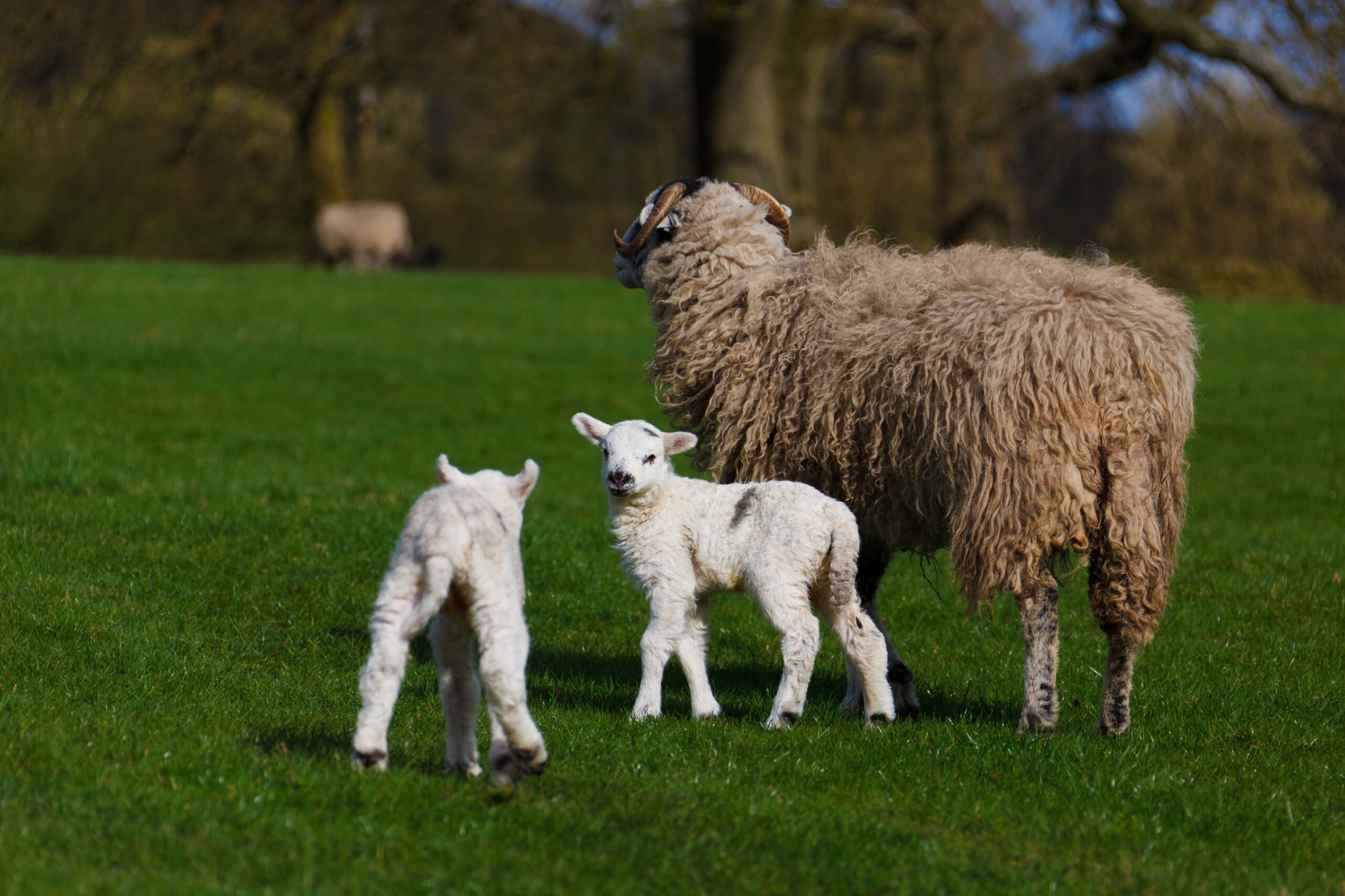All the T’s – teeth, toes, testicles, tone and treat! With tupping time fast approaching now is the time to start thinking of the ways we can be best prepared to optimize the chances of a successful lambing season.
Teaser Tups
Starting with teaser tups, implementing some of these vasectomized animals into your breeding program can bring lambing forwards by two weeks and make your lambing period much tighter. This is achieved by a shearling or young ram with good conformation which is easily identifiable undergoing a vasectomy procedure. When they are then turned out with the ewes, it ensures that they are cycling before the breeding tups are turned out with them. This procedure needs to be carried out at least six weeks before the teaser tups are needed to be used to ensure that the surgery site has fully healed and that they are no longer fertile. It is recommended that one teaser can work with 100 ewes and the operation can be performed under sedation on farm or at the practice. It is recommended that teaser tups are introduced to the ewes 14 days before the tups are to be put in and therefore, we are nearing the end of the period in which to carry out these procedures with the 8-week time gap needed. Get in touch with the practice ASAP if this is something which you are wanting to learn more about or book in.

Tup Testing
Scanning results are a little late to learn if your tup is not performing and so giving your tup an MOT every year can highlight if he is functioning well, this is especially important when around 20% of rams have sub optimal fertility. With a target for ram performance being >90% of ewes being pregnant after the first breeding cycle and the most common cause of poor conception rates being due to a sub-fertile ram a tup test can highlight any issues before your next lambing season is affected. A tup test includes a full physical examination followed by a semen collection which is then inspected. The physical exam includes looking at testes size and mobility, scrotum anatomy, no lesions on the brisket as well as an assessment of the teeth, legs, and eyes. Ideally these tests occur 6-8 weeks before tupping to allow time to retest or find a new tup!
If any replacement rams are required, they should be purchased at least four weeks before use and quarantined. The digestive system needs at least two weeks to adapt to any diet changes pre-tupping in order to keep them in the best condition when they start to work. These replacements should also be tested for infectious diseases and introduced carefully to minimize fighting.
Ewe Testing
Ewe health is the other half of your flock’s fertility. Body condition score has a strong correlation with ovulation and conception and therefore ensuring that the ewes are on good quality feed at least three weeks before tupping can increase ovulation rate. This can be easily achieved if the ewes can be placed in similar condition groups post lamb weaning in order for them to be fed accordingly and also at this point checking the ewes would be capable of rearing two lambs with regards to their udder would be beneficial.
Blood sampling of ewes can also check the trace element status of the flock. Selenium is of high importance with regards to conception rate whilst other trace elements play an important role in fertility. If these results are obtained then supplementation can be added in as required to improve your scanning percentages, just contact the practice to book in sampling a proportion of your flock in order to check your trace element status.













Leave A Comment